GROW FRUIT NATURALLY
Every time I go near my apple and plum trees, I feel like my Nanking cherry, mulberry, pawpaw, and persimmon plants are laughing and flaunting their fruits at me. Nanking cherry and company are just a few of the fruits that I grow that require virtually no care.
Apples, on the other hand: If you wanted to come up with the most difficult fruit to grow east of the Rocky Mountains, it would be apple. Or plum, or apricot, peach, nectarine, or sweet cherry. The plants actually grow fine; getting fruit is another story. Organically grown fruit, that is.
 |
| Apple fruit, already damaged by plum curculio |
The reason these common tree fruits are so difficult to grow around here is because of insect and disease problems (and, in the case of apricot, peach, and nectarine, winter cold and late spring frosts). For an insect or disease to cause a problem, three conditions need fulfillment: The presence of the insect or disease, a susceptible host plant, and an environment congenial to the insect or disease. I mulch my apples and plums with wood chips, prune away diseased stems, grow nectar-producing flowers to attract beneficial insects, spray organic concoctions such as kaolin clay, let chickens run loose beneath the plants, blah, blah, blah; and for all that effort, still often reap little or nothing.
Problem is that the northeast is home to some serious insect and disease problems of apples and company and the environment is much to these pests’ liking, as are the plants. Resistant varieties might be resistant to diseases but not insects or to one disease but not another. No variety is resistant to all the insect and disease pests lurking in forest and field.
————————————————
 |
| Nanking cherries, no need to spray or even prune! |
Still, most people, when they consider growing fruit, think first of apples, and then plums, peaches, and other tree fruits familiar on supermarket shelves. In fact, though, there are a slew of other fruits, many of them, like Nanking cherry and company, very easy to grow. As I point out in my new book, GROW FRUIT NATURALLY (Taunton Press, 2011), the first step in growing fruits naturally/organically/holistically is to select those that are naturally well-adapted to the local climate and insect and disease pressures.
This all-important planning step does not preclude growing many common fruits. Pears, for example, both European and Asian varieties, are relatively easy to grow around here. The trees do need pruning but usually can be grown without the need for any sprays, organic or otherwise. With thousands of varieties, pears alone could round out your larder. I grow about 20 varieties.
Berries are also relatively easy to grow. Pruning is important both for good production and to help keep diseases and insects in check. My berry plantings include raspberries, blackberries, black raspberries, gooseberries (more than a dozen varieties!), red currants, black currants, clove currants, elderberries gumis, seaberries, lingonberries, lowbush blueberries, and, my favorite, highbush blueberries. Pest control? I spray insecticidal soap on my gooseberries once, just as the leaves unfold to kill any imported currantworms that may be starting their leafy feast. I mulch my blueberries late each fall to bury any infected berries that could spread mummy berry disease the following spring. And that’s about it for pest control on all my berries.
Still not enough fruit? Well, there are the mulberries. Not run-of-the-mill mulberries, such as grow wild all over the place. But named varieties — Illinois Everbearing, Oscar, and Geraldi Dwarf — selected for their high quality fruits. And cornelian cherries, an excellent stand-in for tart cherries, except much, much easier to grow. They bloom around the first day of spring yet never fail to set a good crop of fruit. The same can be said for Nanking cherries, a hedge of which lines my driveway and is now yielding many more sweet-tart cherries than I, birds, squirrels, and chipmunks could possibly eat. Total effort involved for all these fruits? None.
And the list goes on: pawpaws, persimmons, hardy kiwifruits, juneberries, grapes . . . so many fruits, so little space. The grapes get bagged to keep insects, diseases, and birds and bay.
(Actually, in my microenvironment, juneberries do not bear well because of various insect and disease problems. The solution? I don’t grow them. But as I wrote, that still leaves plenty of fruits that can be grown easily and without any significant pest problems.)
—————————————————-
So why do I grow apples and plums? I grow them because I frequently write about fruit growing. I grow them to supplement my “book learning” with what I observe “in the field” (in other people’s “fields” also). I grow them because when I apply all the right sprays at just the right time and the weather cooperates and insect and disease pressures aren’t too, too bad and all the stars align just right, I harvest some very tasty apples.
——————————————————–
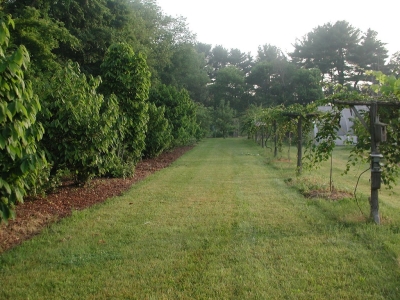 |
| My pawpaws and hardy kiwifruits |
Would I suggest others to plant apples, plums, or possibly peaches, apricots, nectarines, or sweet cherries? Probably not, unless said person was interested in learning a lot about fruit pests, spending a lot of time and no small amount of money dealing with them, and then was willing to accept the fact, as Charles Dudley Warner wrote, tongue-in-cheek and over a hundred years ago in MY SUMMER IN THE GARDEN, that “the principle value of the garden . . . is to teach . . . patience and philosophy, and the higher virtue – hope deferred, and expectations blighted, leading directly to resignation, and sometimes to alienation. The garden thus becomes a moral agent, a test of character, as it was in the beginning.” All well and good if that’s what you want from planting fruit.
—————————————————–

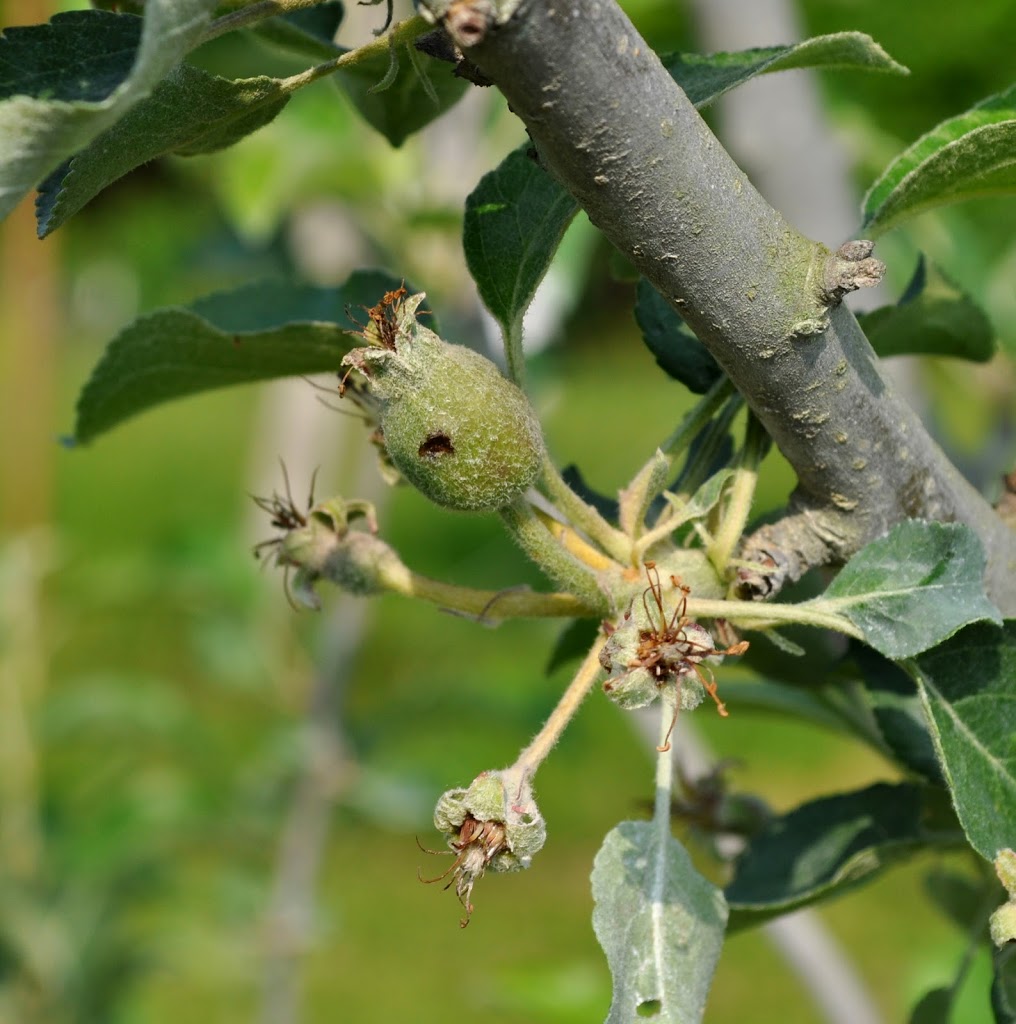

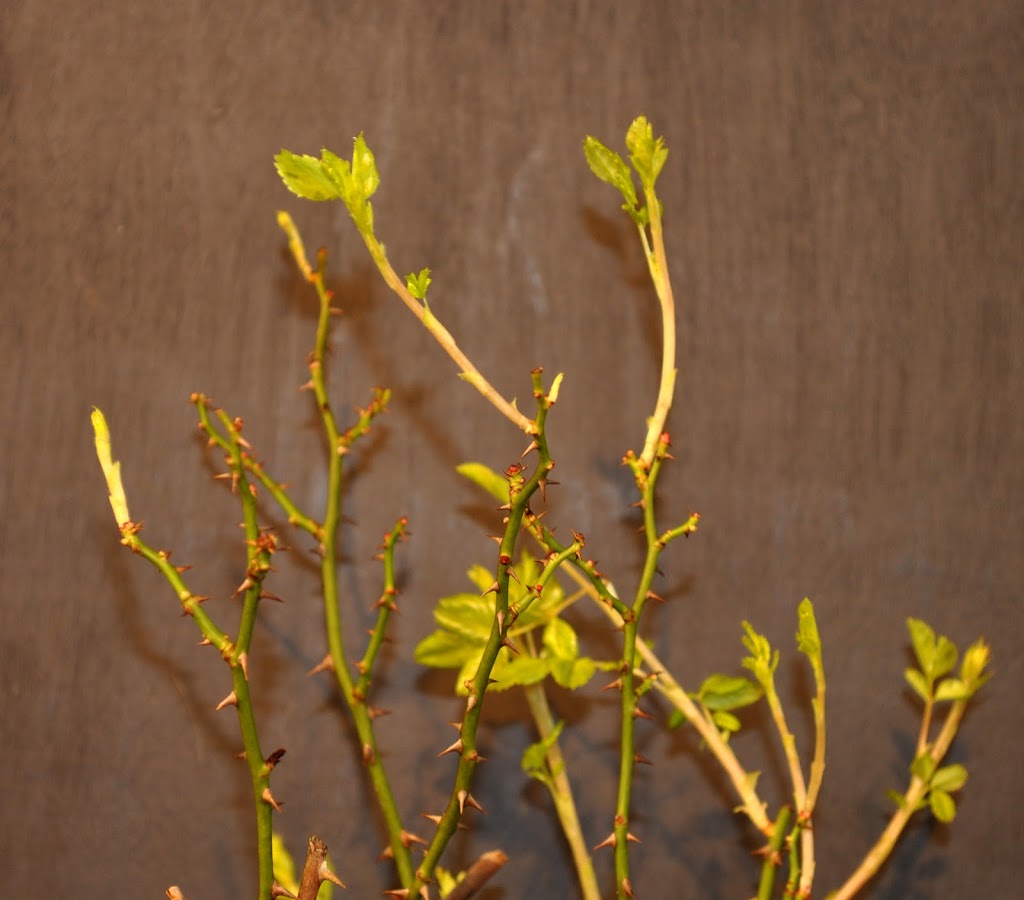
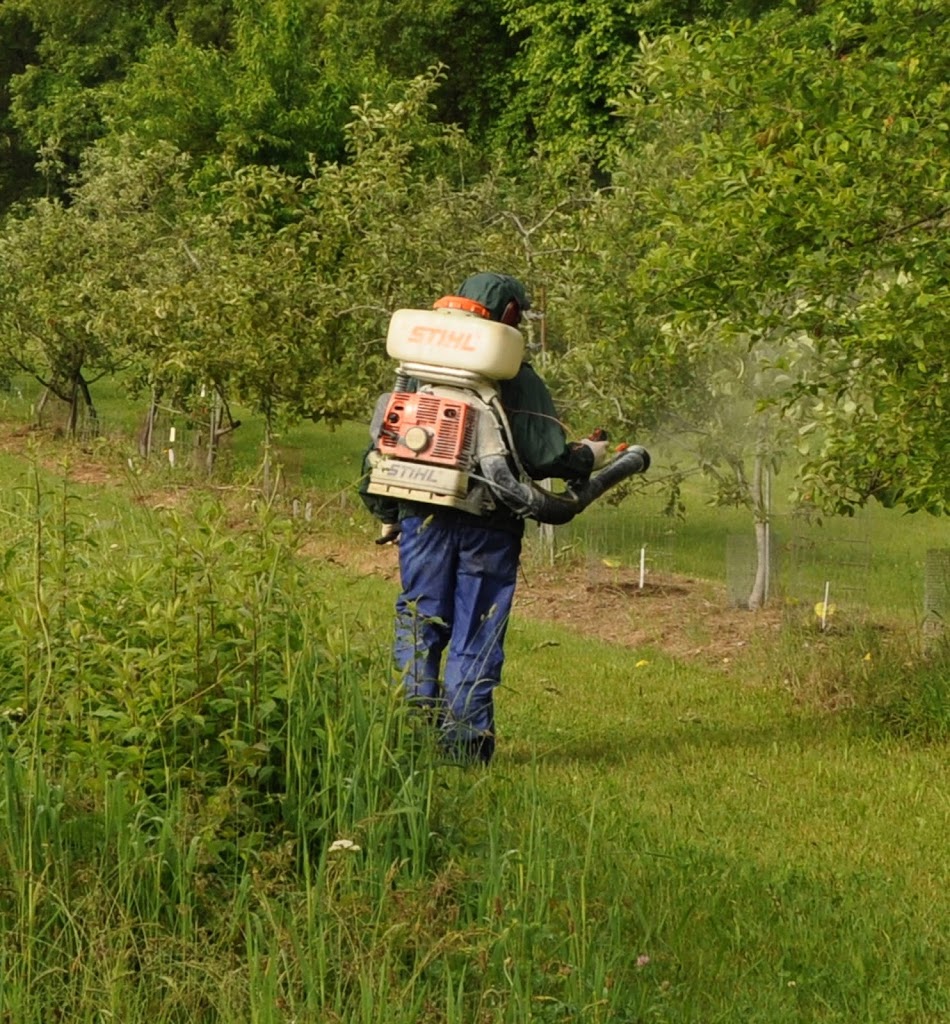
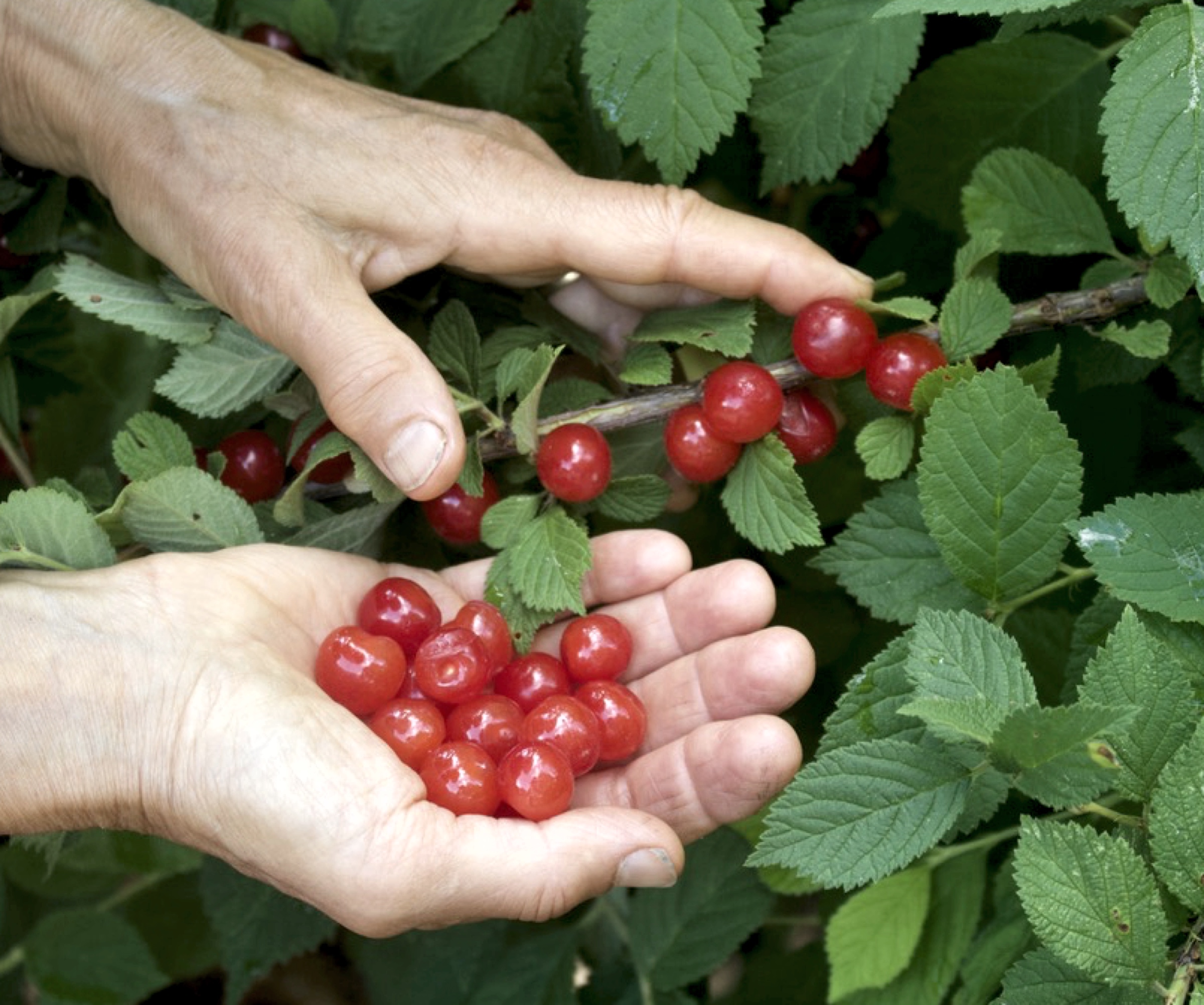
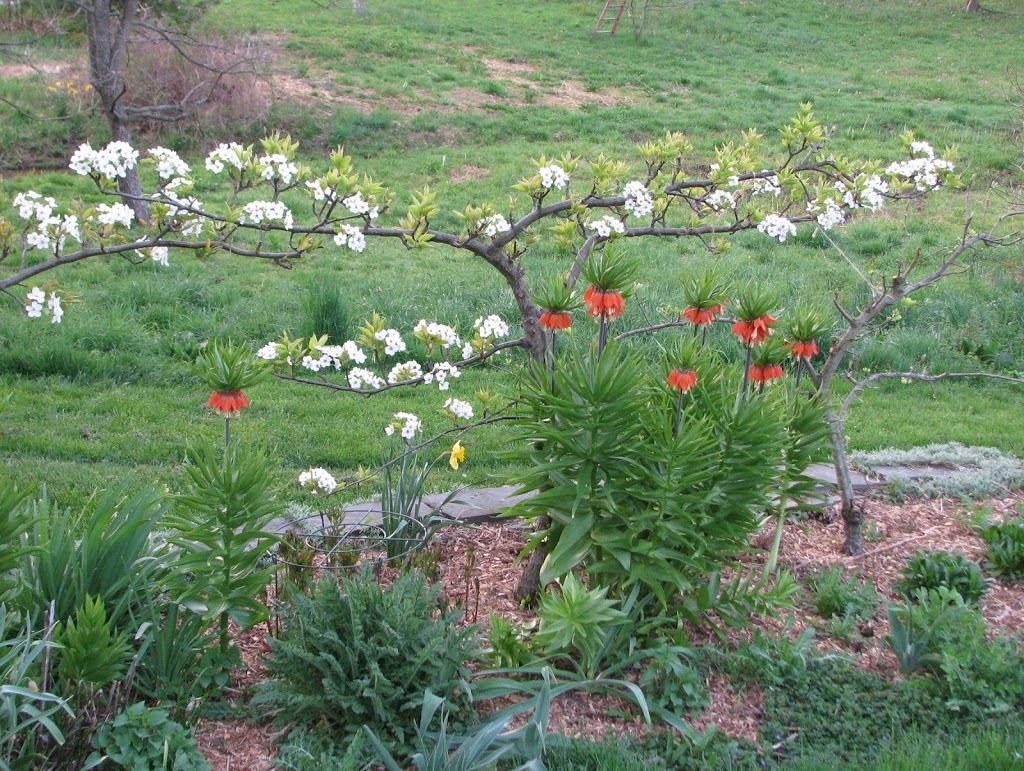
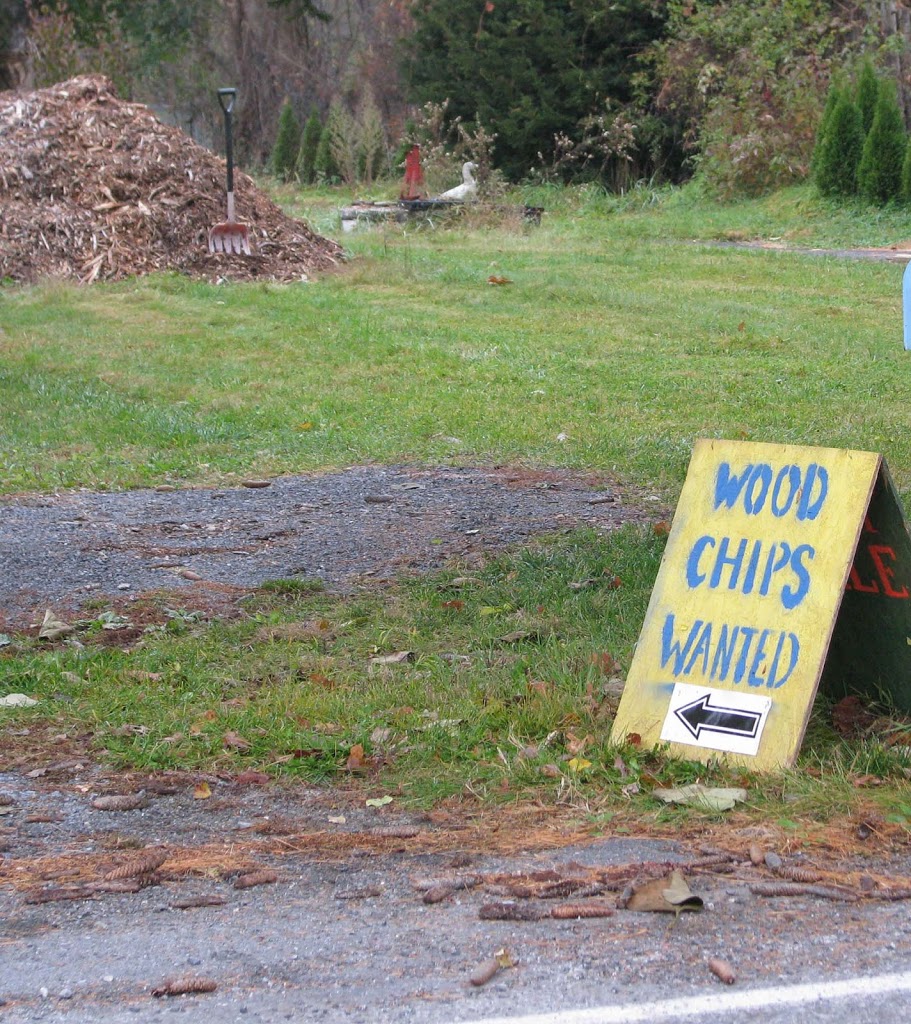

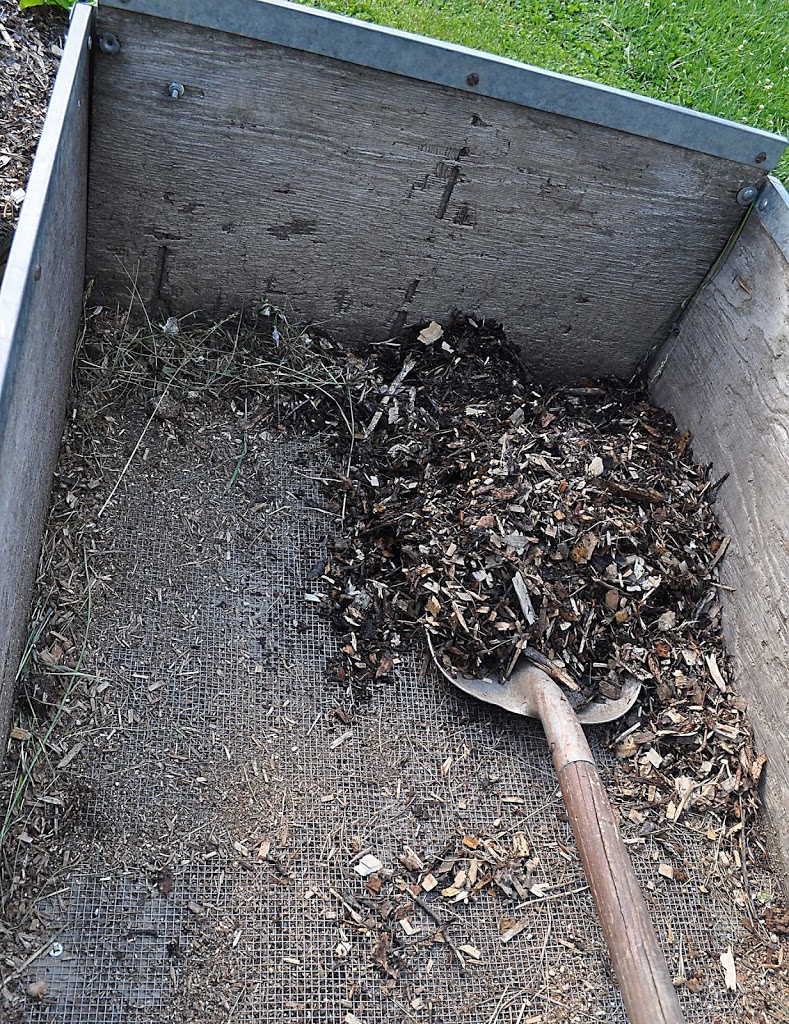
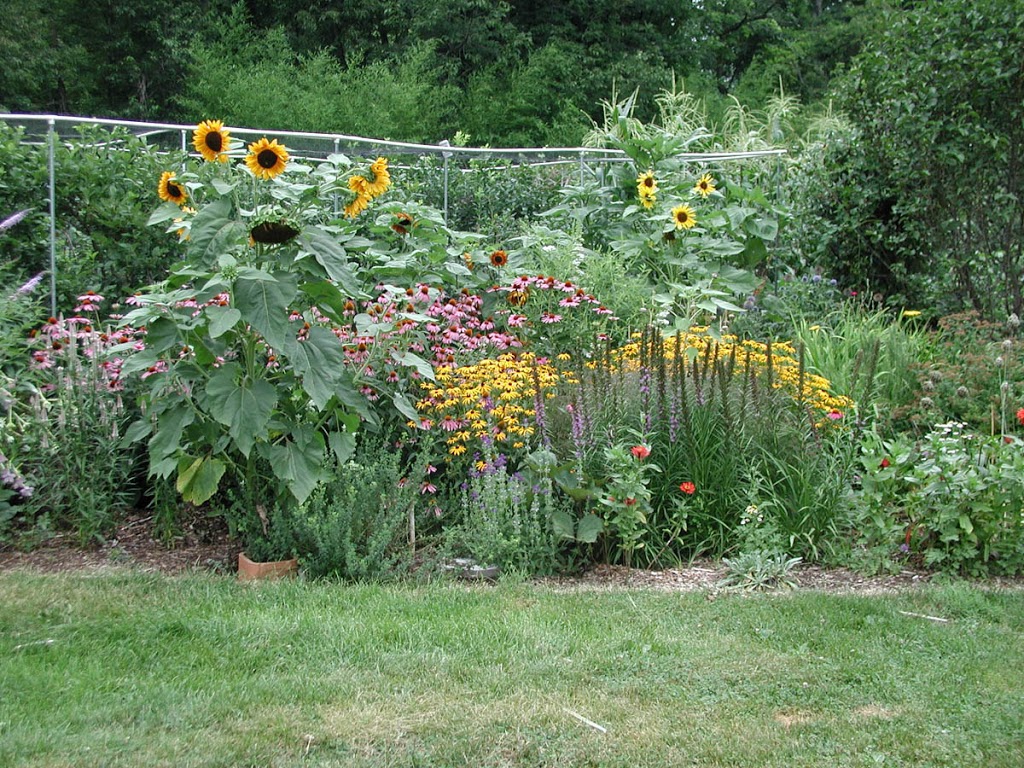
Thanks for this post! It has validated my own feelings. As someone who has just pruned away about 50% of the tops of three young European plum trees because of a massive outbreak of black knot, I’ve been looking appreciatively at my currants, gooseberries, elderberries, mulberries, seaberries, and juneberries that only attract minor infestations, if anything.
The Geraldi Dwarf mulberry that I planted this spring has a few berries on it, which my boys and I think are quite tasty. Thanks for the recommendation!
Yes, another plus for Geraldi Dwarf — for mulberries in general — is how quickly they bear fruit. My plant also bore fruits its first season.
I think exactly like you, I live in north coast of Spain, in an mild oceanic climate, rainy and cloudy but with decent summers.
An excellent climate for apples and pears.
I have little space, so I have to manage it very studiously.
I had several apple trees, but I got tired of them, all the disease and pests of the world fell on them.
I hate chemicals (for eating fumigated apples I buy it in the grocery!). I finally removed most of my apple trees.
Now, I give way to well adapted, resistant to pest and diseases fruit trees/vines/bushes.
Gardening is now a real pleasure, not being pressured buying and applying chemicals day by day.
I have kiwis (A. deliciosa, A. chinensis and A. arguta), they perform very well here. Very productive, delicious and pest and disease free plants (up to the present). I am very happy with them.
Blueberries, some few pear varieties (pears are much more resistant than apples here), figs (bombproof trees!), feijoas, etc… and recently, Pawpaws complete my orchard.
The best decision in my orchard planning: naturally resistant and well adapted plants.
How about citrus and black mulberry (Morus nigrum, which I consider among the best-tasting of all fruits), and persimmons (all of which, incidentally, are also included in my new book GROW FRUIT NATURALLY)?
I would have expected very few pest and disease problems with apples there. What are the major pests? Among common tree fruits, pears are also relatively easy to grow and pest-free here also; I grow more than a dozen different varieties.
You’re right: Naturally resistant and well adapted plants are the way to go.
The temps exceptionally go below 32º F in winter, isolated days and not beyond 30º F. Citrus behave rather well here, but the sun and temperatures in spring and summer are a bit limited for them here. In wind sheltered places they produce rather well. The best are lemon trees, it produces well even in not so optimal places. Otherwise, few pests and diseases for citrus here.
Black mulberry and persimmons, especially this one, produce well here but, unfortunately, on account of my limited space I had to remove them from my wish list.
The major pests for apples in my small orchard are woody aphids (I specially hate these bugs!), common aphids (believe me, can be a serious pest), codling moth (Cydia pomonella), if untreated, most of the fruits are infested.
In a minor scale, mildew and rust. Pests enough to get tired!
I forgot to mention grapes, this is an special case. I had several European grape (Vitis vinifera) varieties. Infallibly, every year, they got infested of mildew and powdery mildew, such a point, if untreated the leaves seemed to be completely burned in late August.
The air humid is very high in my climate (near the cost), even in summer, due to this, mildew attacks very strongly to European grapes.
Of course, I rooted up all my grapes. But three years ago I tried new varieties of Europena grapes developed by INTA (www.international.inra.fr/), the French National Institute for agricultural research.
These varieties were bred for natural resistance to fungus. I tried them and they really are!
These varieties (Candin, Amandin and Perdin) are the only grape varieties I have. Even untreated they produce well.
I regret I didn’t take a picture of my grape trellis the last year I had all my grapes, planted together with European common varieties. I deliberately untreated them, in late August/early September, all plants were burned by mildew, except the above mentioned INRA varieties, green leaves against brown and shriveled leaves. A self explanatory picture!
You can read a brif description of these varieties here: http://www.jardivigne.com/catalog/-c-21_2.html
Interesting. I sometimes get aphids on my apples but they disappear from disease, predators, or changing environment, usually without my doing anything. Sometimes I give them a strong spray of water. Oil sprays and predators bought in could help if needed. Malling-Merton (MM) apple rootstocks are resistant to woolly apple aphid. Fruit thinning and traps help against codling moth. Perhaps you’ve tried all this.
The important thing, as you know, is to plant a variety of fruits, choosing those that are most pest resistant for your particular site.